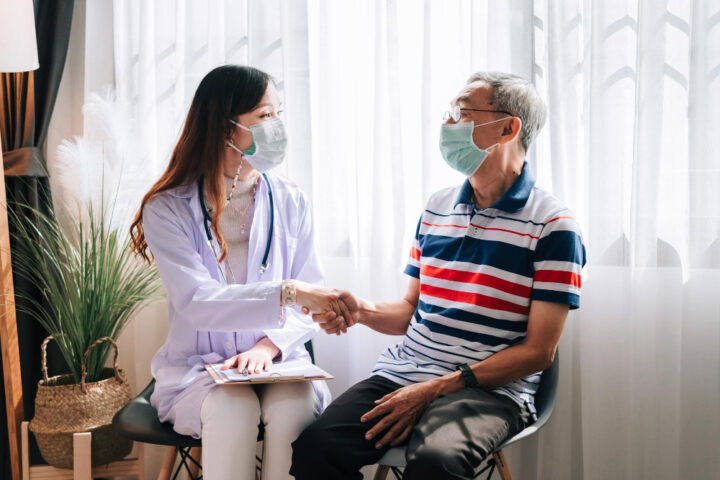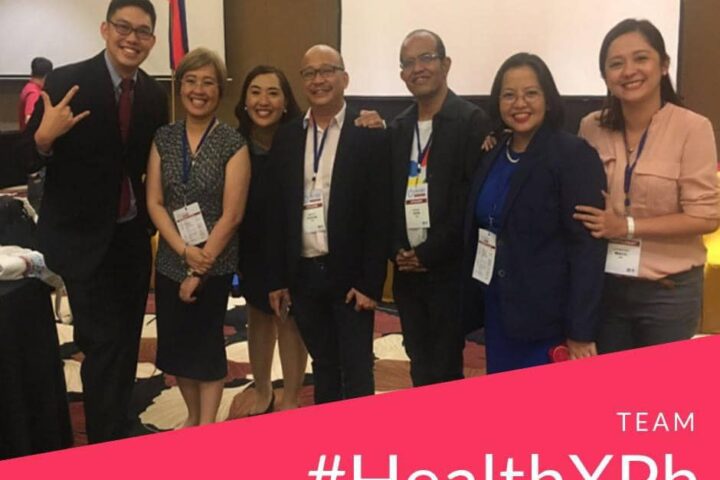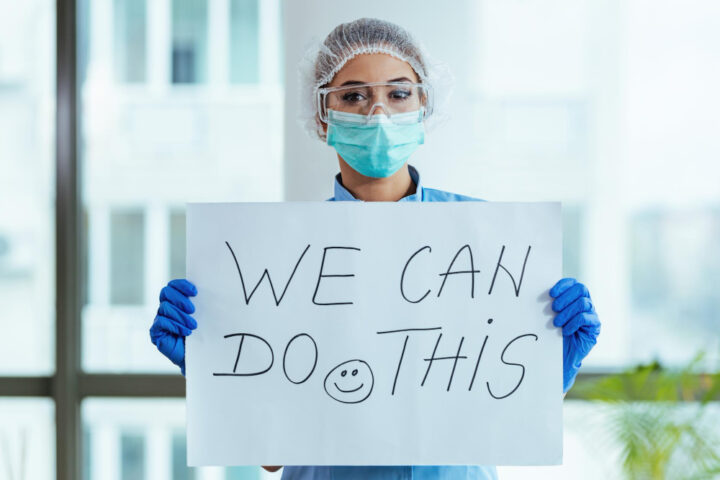Vaccination and measles outbreak flooded our social media feeds recently. The sad news is we thought we eradicated measles decades ago. Measles however, only hogged the media limelight after an outbreak happened. “What went wrong with the measles campaign?” many asked. There’s no shortage of blaming on what many called “a failure” to counter an “avalanche of online misinformation” about vaccination and vaccines. Measles and vaccinations are just two of the many health campaigns that took centerstage after an “outbreak” happened. Heard of health supplements? Alternative cancer treatments? Dengue? Flu? Smoking? Vaping? Diabetes? Kidney diseases? We din’t notice until something alarming happened. We blame the new media and the people who use it for their own purposes-good or bad. Then we rush to using the same new media to counter such online misinformation. We fail and wonder. How come?
First allow me to narrow the discussion to health campaigns on social media. Successful health campaigns are not solely because of an effective media strategy let alone a savvy social media leader. The whole caboodles of political, economic, logistical and support systems should be in place before we can even talk of launching it on social media. Having said that, and for the sake of our discussion, lets assume we all have those factors sorted out in place and we’re left with an effective social media campaign strategy to go with the health advocacy.
In the past we had leaders adept in using media to implement effective healthcare campaigns. Think Dr. Juan Flavier and his much loved health news, radio and TV campaigns. He and his health campaigns were blockbusters, to his avid followers and critics alike. The charismatic secretary seemed to have mastered old media messaging and signalling and was very effective in mobilizing the crowd. He is interested in empowering the public, not himself nor his organization- a novel, laudable new media value. This cascading top to bottom healthcare campaign strategy worked for old media- newspapers, radio and TV. Will it work for the new media?
T1. What old media health campaign strategies work in social media?
Internet and social media showed much promise for advocacies and campaigns. Twitter had been instrumental in monitoring or reporting disease outbreaks for CDC and WHO. Healthcare organizations employed social media platforms to pressure health policy changes in some countries, and won. Social media campaigns played a huge part in the passage of Sin Tax Law and the Universal Healthcare Law in the Philippines. Incremental wins some may call it but a win nonetheless. Let’s not forget, the millions of money that poured in to health advocacy groups because of memes such as the “Ice bucket Challenge”. Why some organisations are successful in using social media to meet the objectives of their healthcare campaigns (and others, do not) remains a mystery to many.
Internet and social media comprise the “new media”. Internet gatekeepers and social media platforms keep changing its policies, algorithm and strategies to achieve its bottomline- profit for its owners and shareholders. That’s not altogether bad given the social media platforms who succeeded in providing desirable value to the general public while maintaining a profitable and sustainable business model. That social media is hog washed in false information and dubious health messages is also not true. There’s no dearth of superior quality health information online according to Keselman (2019). Despite the presence of superior quality and credible online health information, some health campaigns failed to mobilize a hyperconnected populace. Why did it fail? Was it the messaging? Platform? Theme?
T2. What are the reasons behind the failure of some health social media campaigns to mobilize the crowd and effect change?
In their book New Power: How Power Works in Our Hyperconnected World- and How to Make It Work for You, Heimans and Timms (2018) placed leadership archetypes into a spectrum, a quadrant on how leadership structures (termed old/new power) use old/new power values to effect change.

Arguably, the top down, cascading model of social media campaigns don’t work effectively in digital social media environment.

The “I’m the expert just follow what I say” seem to be a less appealing to social media crowd than that of the “bottoms up, grassroots or collaborative approach. The new leadership model committed to empowering the crowd with new power values are the most successful ones. Values like collaboration, radical transparency, maker mentality and overall general participation characterise this new power value. Social media smacks right into the heart of these new power values. Leaders who are adept at these new power values empower and mobilize the crowd .
T3. What best strategy can you advise health leaders in using social media to mobilize and effect change in healthcare?
Thankfully, many organisations (old and new power structures alike) are restructuring, recalibrating their health campaigns to align with the intricacies of new power tools, like social media. That is something we can learn from this deluge of disease outbreaks and health misinformation. This is the topic of this #HealthXPh chat come February 9, 2019 9PM Manila time as we build consensus of how to’s in implementing health social media campaigns that empowers and mobilizes the crowd.
Join #healthXPh chat with these guide questions in mind:
- T1. What old media health campaign strategies work in social media?
- T2. Why did some social media campaigns failed to mobilize the crowd and effect change in healthcare?
- T3. What best social media strategy will you advise health leaders in mobilising and effecting changes in healthcare?
References:
- Keselman A, Arnott Smith C, Murcko AC, Kaufman DR (2019) Evaluating the Quality of Health Information in a Changing Digital Ecosystem J Med Internet Res 2019;21(2):e11129 URL: https://www.jmir.org/2019/2/e11129
- Sak,G; Diviani, N; Allam, A; Schulz, P: (2016) Comparing the Quality of Pro- and Anti-vaccination Online InformationA Content Analysis of Vaccination-Related Webpages BMC Public Health. 2016;16(38)
- Heimans, J; Timms, H. (2014) “Understanding “New Power””. Harvard Business Review. December 2014.
- Heimans, J; Timms, H. (2018) New Power: How Power Works in Our Hyperconnected World- and How to Make It Work for You. New York, Penguin Random House LLC











